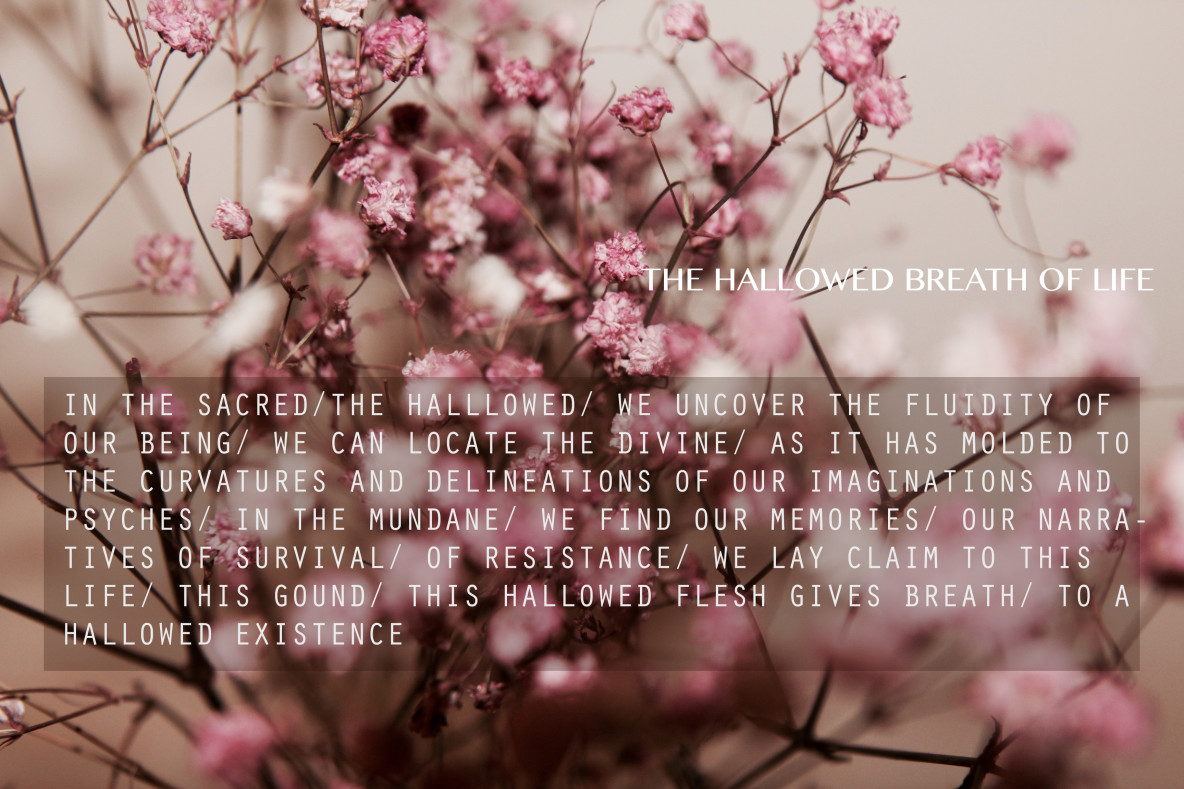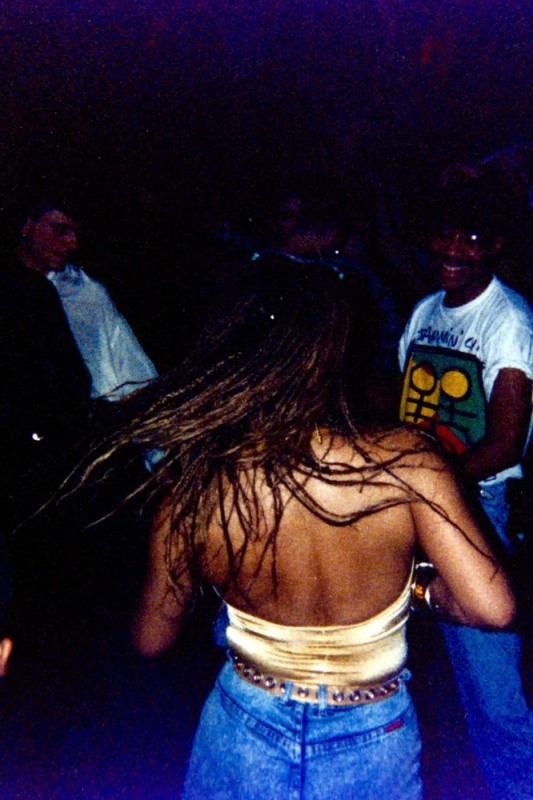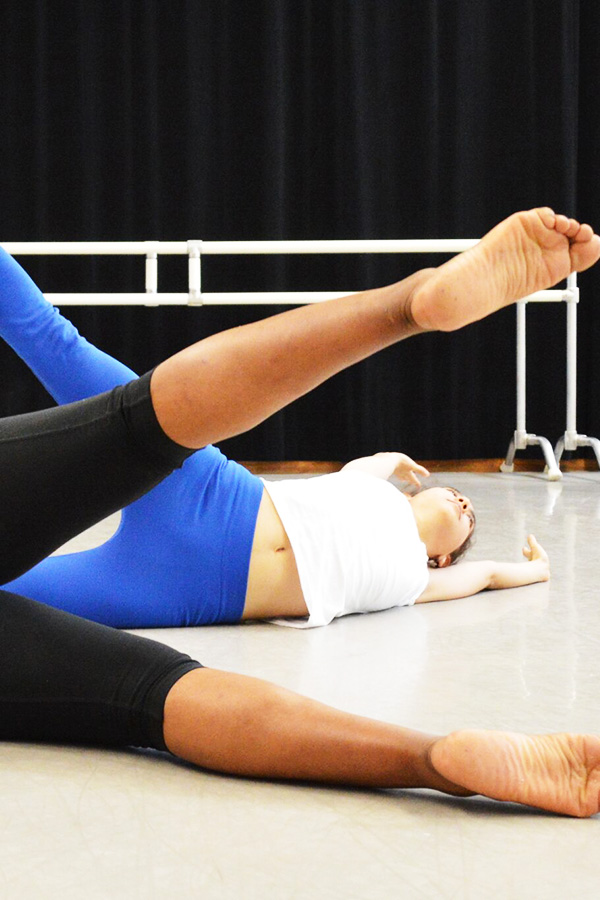MELISSA LOUIDOR
Shange’s work attempts to engage collective recollections that have been passed down through folk tales, dances, and music to recover native memories. These narratives, that were rendered illegible by a constrained formation of knowledge-making, emerge in Shange’s work through language, movement, and physicality; literature is extended beyond the limitations of unilateral expression and becomes a liminal expression that conveys carnality and spirituality.
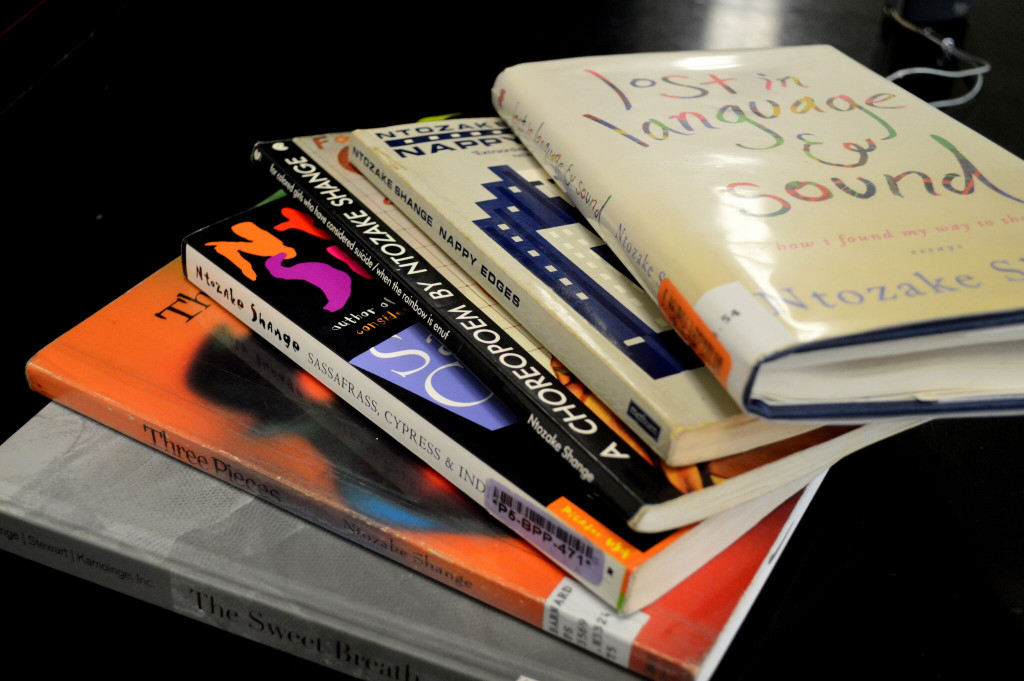
Photo by Thando Mlambo
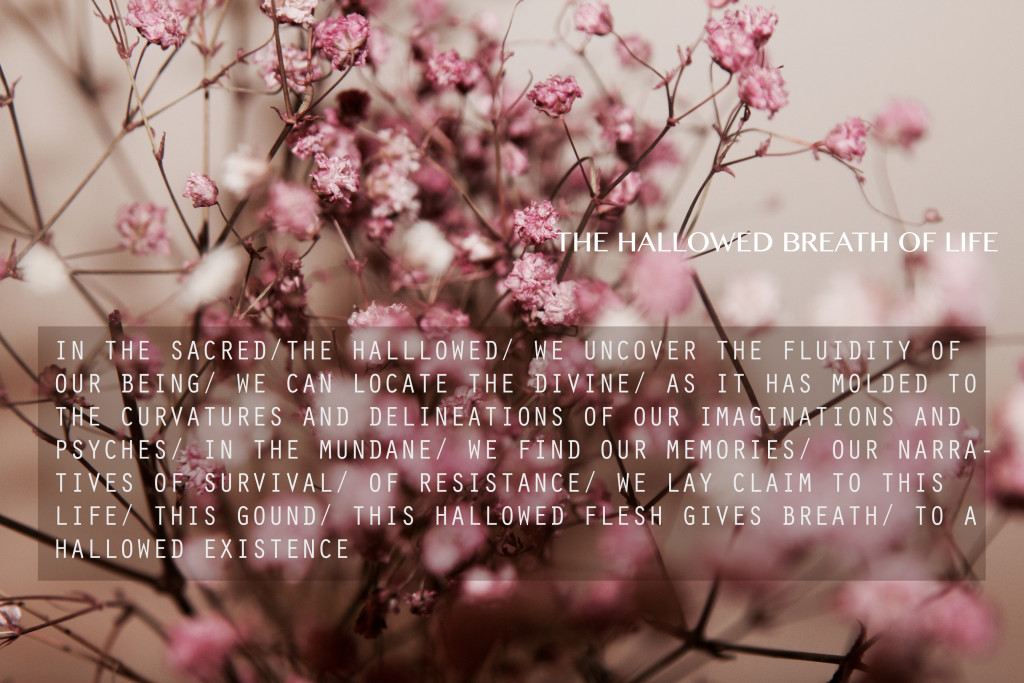
When we defined the archive as a space wherein materials could be preserved for their enduring value, I wondered how the imagination and vitality of literature as it is produced in the human body, spoken language, and patterns of sociality could be preserved in its full essence. For me, the question arose: what is the function of the archive and how does it mirror, encompass, and fall short of the world-making possibilities offered by literature?
I have thought about literature as an expansive concept, one that transcends linguistic bounds and regulations. Per Shange’s notion of carnal intellectuality, whereby stories and histories are articulated and constantly re-formed via the body’s motions in concert with human imagination, I have taken up the body’s potential to create and applied it to storytelling efforts. Memories for example, are part of a reproductive effort by the body, and can lend themselves to the archival process.
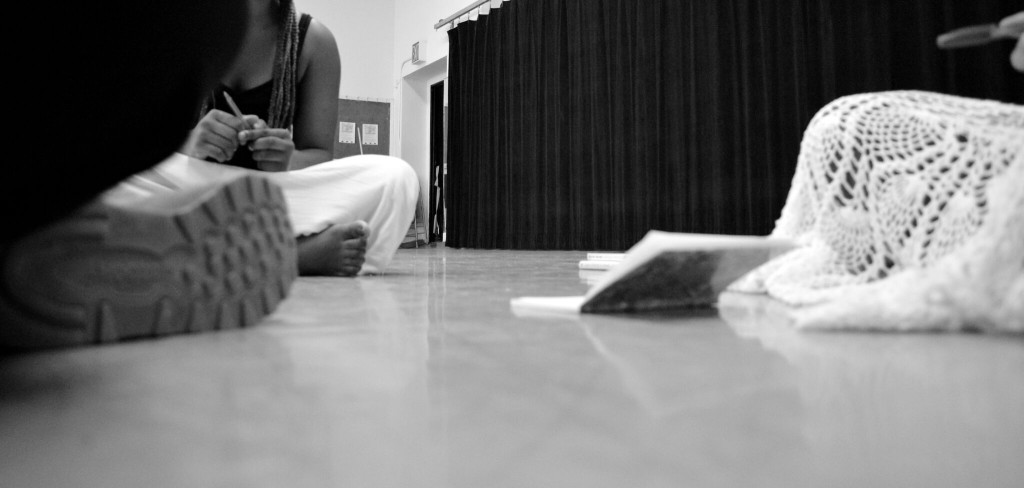
Photo by Thando Mlambo
In literature, I find that there are endless possibilities for struggle against normativity and linearity in our narratives. The fragmented pieces of history take shape in the imaginative realm of literature, allowing for the reconfiguration of our realities and conceptions of self. How then is the archival effort able to encompass literature and its malleable impulses? Only in thinking of the archive as functioning within the body through motions such as carnal intellectuality, am I able to understand the ways in which language, movement, and the imagination produce archival knowledge.
